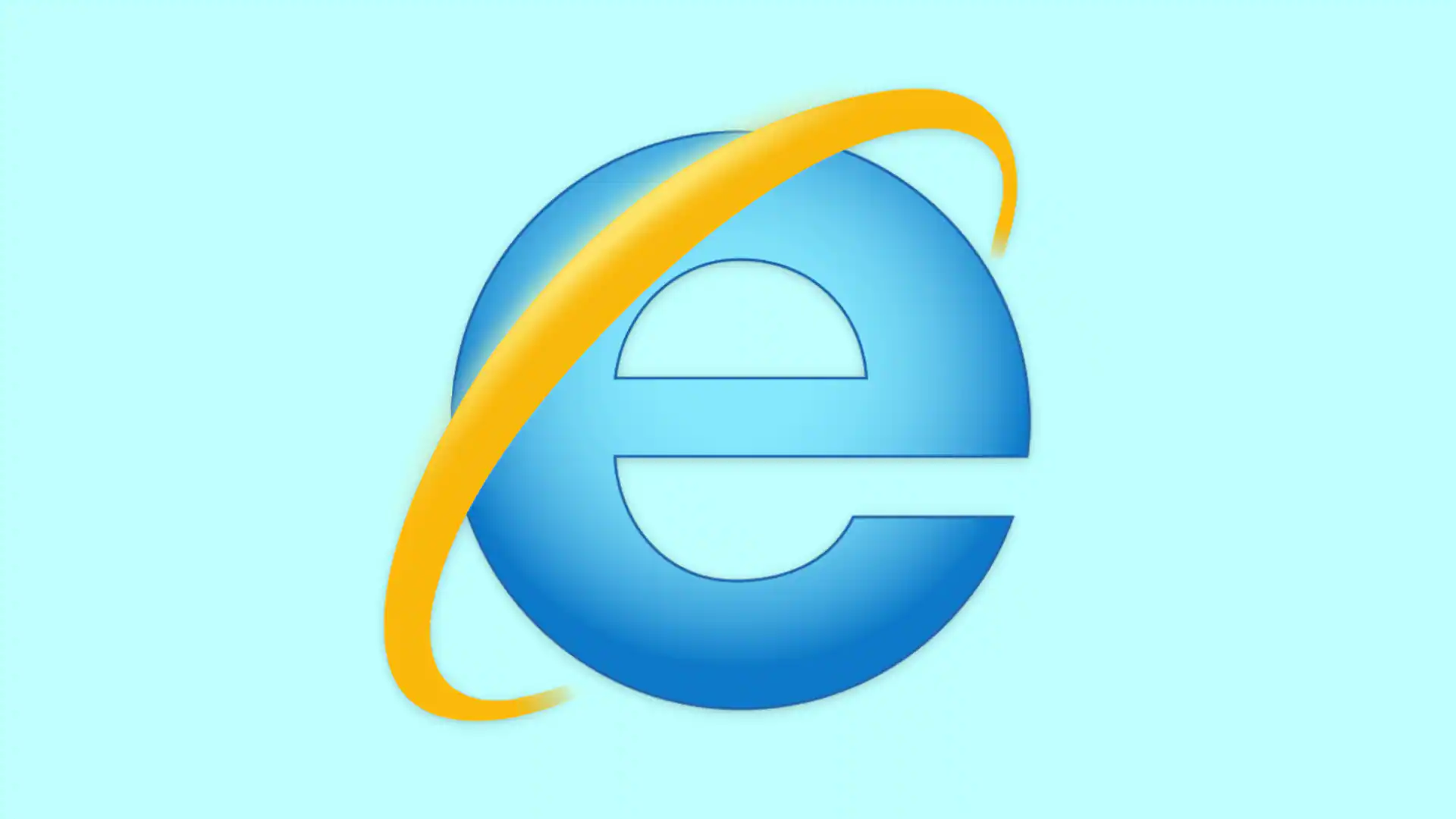Getting Started Guide to Test on Internet Explorer Online
Are you looking to start expanding your testing setup to Internet Explorer online? Then, you must have a proper setup plan, test implementation procedure, and test debugging strategies to ensure a streamlined process. This process will also help app development companies implement proper cross-platform application development strategies effectively.
Although Internet Explorer has become a legacy web browser, it has a massive audience due to enterprise users, server systems, or any other hardware that requires the support of this browser. However, the discontinuation and limited support of modern systems further increase the challenges of implementing efficient Internet Explorer testing.
So, with this article, we will guide the new testers in getting started with Internet Explorer online testing. In this discussion, we will also include some significant challenges the testers will face while implementing Internet Explorer testing. We will also help ensure the web apps are compatible and perform consistently on this browser.
Reasons for Testing on Internet Explorer

Although Internet Explorer’s popularity and user base are constantly declining, it is still used in various corporate environments, especially where it is essential to have legacy systems. To further justify our point, we have mentioned some of the primary reasons why Internet Explorer is necessary even in the modern app development industry:
- Many businesses and government agencies still rely on Internet Explorer due to their internal applications or architectural implementations. Moreover, various servers in government agencies and companies cannot run on any browser other than Internet Explorer.
- Older web applications and websites often require Internet Explorer-specific features to perform correctly and efficiently. Various software instances are incompatible with modern browser versions.
- Various industries have compliance requirements to support Internet Explorer. For example, if we look at all the industrial technologies and machines, we will see that almost all depend on Internet Explorer.
- Finally, from an app developing company’s perspective, ensuring all users, irrespective of their browser, have a smooth experience is essential.
Challenges of Testing on Internet Explorer Online
As mentioned earlier, executing the application test cases on Internet Explorer has significant challenges. To help the new testers avoid these obstacles, we have mentioned some of the important challenges below:
- Microsoft no longer supports Internet Explorer. This is because Microsoft Edge is an adequate replacement for Internet Explorer. So, finding various versions of this browse executing the test cases becomes tough.
- Various modern JavaScript and CSS features might only work partially on Internet Explorer. These can give rise to significant compatibility issues during the test execution process. In a worst-case scenario, the web app can completely crash due to the non-rendering of Java elements.
- Internet Explorer has lower performance than all the modern browsers currently available in the market. Due to these performance issues, the testers must reconfigure all the parameters to ensure non-flaky test reports.
- Finding efficient debugging tools for Internet Explorer takes a lot of work. This is because most currently available options are less advanced and will only cover some issues that might arise on this browser.
Internet Explorer Online Testing Environment
To execute the web app test cases on Internet Explorer, the application testers must incorporate various online platforms that will provide virtual machines, browser simulations, or cloud-based device farms for test execution. To spread more awareness regarding this step, we have considered the example of LambdaTest to explain the setup process:
LambdaTest
LambdaTest is an AI-powered test orchestration and execution platform that lets you run manual and automated tests at scale with over 3000+ real devices and browsers, including Internet Explorer and real devices and OS combinations.
Testers can use this platform to automate Internet Explorer test instances using automation frameworks and test suites like Selenium, Cypress, and Playwright.
The AI-orchestrated test environment of LambdaTest allows the testers to manage and execute the test instances efficiently. It also has advanced features like parallel test execution, comprehensive test reporting, and native bug tracking.
Testing Strategies for Internet Explorer
While you are executing your test instances for web apps on Internet Explorer, we highly recommend considering the following strategies to ensure comprehensive test compatibility and coverage:
Functional Testing
Begin by ensuring that all functionalities of your web app work as expected in Internet Explorer. Some of the most essential functions that you must include in these testing processes are as follows:
- Verify that all links and navigation menus work correctly to ensure that your end users can easily navigate to your application’s user interface.
- Next, it is essential to test all form submissions, validations, and error messages are functioning as intended.
- Now, move on to ensuring that all forms of user interactions, like buttons, sliders, and other interactive elements, function properly. It is also essential to verify the proper placement of these elements irrespective of screen sizes or display resolutions.
- Finally, the testers must verify the proper functioning of JavaScript functions, especially for features that will use the modern APIs on Internet Explorer.
Visual And Layout Testing
After you have implemented functional testing, you have to move on to verifying the visual appearance and layout of the web app on Internet Explorer. To implement this process, you must go through the following steps:
- Ensure CSS compatibility by checking the proper functioning of all styles during the application rendering process.
- Depending on the display or device orientation, ensure that the fonts and icons are displayed correctly.
- Testing your app’s responsiveness on different screen sizes, orientations, and display resolutions is also important. This process becomes even more helpful as the total number of users on mobile devices is constantly rising.
- Finally, check your application’s appearance on various resolutions, even devices. This is because multiple surveys show that a vast segment of the end users wait to update their devices at least three years.
Performance Testing
Verifying the proper performance of an application is essential to ensure that it runs smoothly on Internet Explorer. While implementing performance testing, the developers should also remember that the specific criteria of various devices can also hamper the performance of the app:
- While implementing performance testing, measure the load time of your web app, as it is essential to retain your users. A survey shows that most users, especially on mobile devices, expect their applications or web apps to load within 2 seconds.
- Next, you must measure the resource consumption of your web app. During this process, special attention should be paid to memory and RAM usage to ensure the app functions smoothly, even on low-end
- Finally, the efficiency of network requests and responses must be checked. While implementing network testing, it is also essential to verify the functioning of the application on low-bandwidth networks with high latency.
Compatibility Testing
It is now essential for the testers to ensure that the web app is compatible with different versions of the Internet Explorer browser. So, they implement compatibility testing on Internet Explorer.
- Internet Explorer 11, the latest version, still supports many enterprises. So, this must be your priority while implementing Internet Explorer online testing.
- For Internet Explorer 10 and below, you must only implement the test cases if your end-users use these versions. Even in those cases, we highly recommend surveying and gathering the specific versions to streamline the testing efforts and save much company time and resources.
Regression Testing
Finally, the app developers need to perform regression testing to ensure new changes do not break the existing functionalities on Internet Explorer. There are various automated testing tools which can massively help improve the efficiency of these test instances:
- Selenium is the first name to come to mind when discussing automated web app testing. This is because the Selenium WebDriver helps automate the web browser instances without the inclusion of any dedicated test engine. Selenium also supports parallel test execution to run thousands of Internet Explorer instances simultaneously.
- Although Cypress isn’t as famous as Selenium, it is massively growing due to its ease of access and multiple innovative features. So, the testers can easily configure the Cypress test environment to execute Internet Explorer testing scenarios on various devices simultaneously.
The Bottom Line
Considering the guide we created in this article, we can say that testing web apps on Internet Explorer is essential to ensure compatibility and provide a seamless experience to all users, especially in environments where Internet Explorer is the only option. By using online testing platforms like LambdaTest, the testers can efficiently test and debug the app on different versions of Internet Explorer.
By incorporating the testing strategies and best practices discussed in this guide, the testers can also enhance the testing process to deliver a compatible and robust web app. Despite the challenges of Internet Explorer, with the right tools and approach, you can quickly achieve comprehensive testing coverage and ensure the web performance will be the same across all browsers, including Internet Explorer.
Finally, by staying proactive and decisive in the testing efforts, the testers can maintain high standards of compatibility and quality, ultimately leading to a better user experience and greater satisfaction among the target audience.



